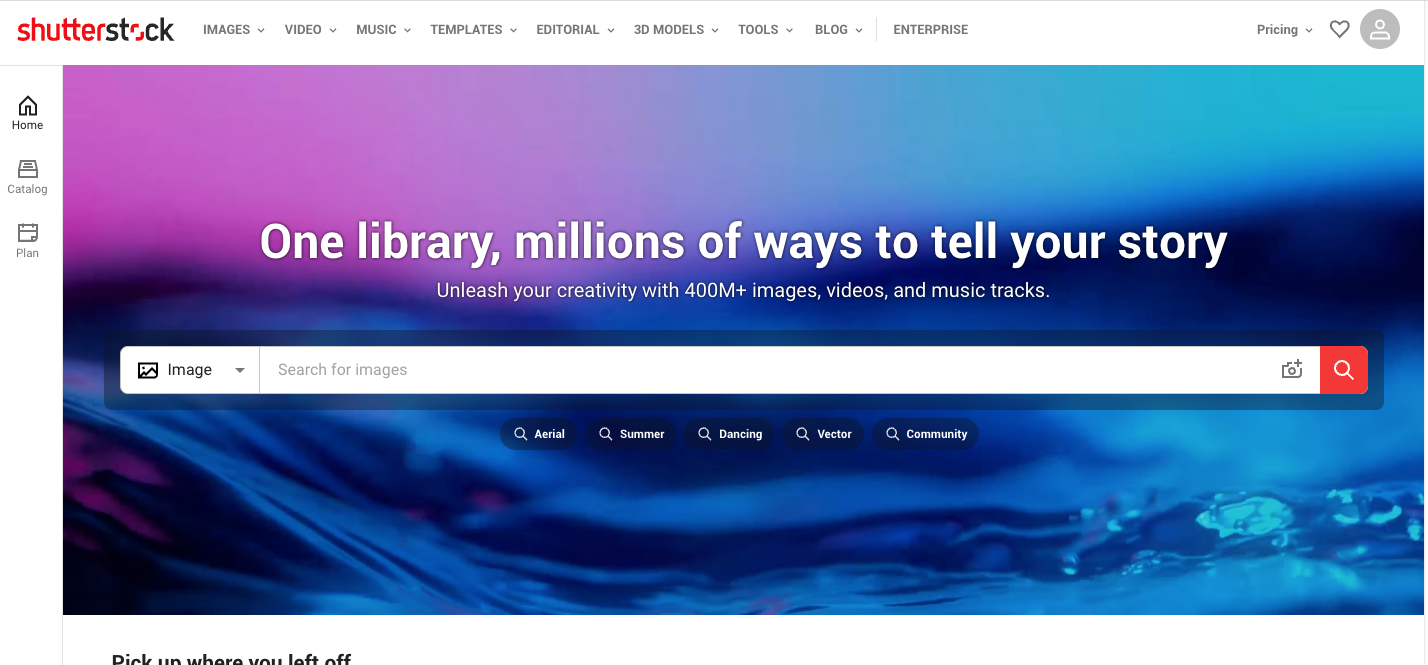5 Types of Social Media Content
Building Your Brand’s Look for Social Platforms
Running a brand’s social media account is an entirely different experience than using it for your personal life. For most people, corporate social media content creation does not come naturally. That’s why the internet is inundated with bad social media feeds. Mismatched photos, improper branding, and dull posts are everywhere.
Many people fall into one of two traps when posting for their business. Look around social platforms, and you’ll see brands posting the same type of content again and again. Other brands can’t find a cohesive aesthetic for their posts. And there’s no quicker way to confuse your social media audience than by publishing a bunch of disjointed content.
But you don’t need to get hung up about what to post. You just need to make your social media content feel as authentic as possible. That means sharing content that represents your brand and resonates with your followers. Let’s get into some social media content ideas before publishing that next post.
Original Photography and Videos
We’ll start with our favorite form of social media content—original photos. We believe your social media platforms can help blur the line between a business and a brand. And that’s accomplished by sharing real pictures of your people, offerings, and behind-the-scenes shots.
“Brand photography incorporates the various elements of your business into a photo to communicate your story and showcase your aesthetic. Brand photography goes beyond a simple headshot or product photograph and presents a lifestyle,” said Jessica Charuk, a brand photographer turned lifestyle coach.
Any time you can take a photo of the real thing, seize the moment. You don’t necessarily need a fancy camera to take pictures for social media. In many cases, your phone will get the job done. But you may run into some problems like bad lighting or distorted angles. If you’re looking for a library of images you can use long-term, it’s best to work with a photographer.
Pro Tip:
When possible, utilize original video content. Statistically, video content is more engaging and memorable than photos. According to Hubspot, 54 percent of people want to see more video content from marketers. Most importantly, 90 percent of consumers say that product social media videos help them make buying decisions.
User-generated Content
User-generated content (UGC) includes photos and videos created by your social media followers. UGS is one of the most powerful types of social media content because it helps you build trust with your followers. According to the Nielsen Consumer Trust Index, 92 percent of consumers trust unsponsored user-generated content more than traditional advertising.
UGC is far more readily available for some industries than others. B2Cs can easily factor user-generated content into their social media calendars. B2Bs—not so much. For example, people want to share pictures at their favorite brunch restaurant or their new haircut. But you’ll struggle to find someone sharing snapshots of their new water filtration system or tagging their accountant in any photos.
Reminder:
Always ask permission before reposting a customer’s image, especially if people are in the photo. Just because you think it makes great social media content doesn’t mean they’re willing to be featured on your feed.
Stock Photos
Stock photos don’t have the greatest reputation. Look at any major photo catalog, and you’ll find thousands of stiff poses and fake smiles. They’re overused, often lack originality, and cheapen the overall vibe of your social media feed. “And yet, we still see respectable brands using stock photographs that undermine the credibility of their hard-earned visual-branding standards,” said Buddy Scalera of Content Marketing Institute.
But don’t get us wrong—there is a time and a place for stock. Thankfully, there’s a growing number of stock photographers producing relatable images. These editorial photos feel way more authentic than what we’ve seen in the past. The subjects look like ordinary humans, flaws and all. That’s what social media users want to see. They want to see themselves reflected in your social media content.
And if posting stock photos of people isn’t your style, then there are plenty of other options. More stock photographers are focusing on creative shots without people. Think flatlays, food, and architecture—all of which lend themselves to social media posts.
Pro Tip:
Use stock photos that don’t look too staged, so they fit with the rest of your social media content. And if you can only find unrealistic stock, crop out the irrelevant people or items. Changing the photo’s composition can help your social audience focus on what’s most important.
Reposts and Re-shares
A lot of people seem to forget the point of social media. It’s about sharing ideas, opinions, and content. You don’t have to crank out new photos or graphics to stay relevant. Sometimes, it’s best to bring new light to existing posts.
Unlike user-generated content, reposts come from people who are not part of your audience. Believe it or not, you can share posts from other brands, celebrities, and industry experts. Just remember to give credit where credit is due. Be sure to tag the original poster in the photo and the post’s caption.
“Reposting on Instagram allows you to take a high-performing post that people from your audience are engaging with—and keep the momentum going by posting it on your own account. By doing this, you can benefit from their awesome content—while still helping the post’s creator to get more exposure.”
Reminder:
You can also re-share your own content. Marketing automation software Act-On says that “successful content marketers are 38% more likely to re-share their content than regular ones.”


